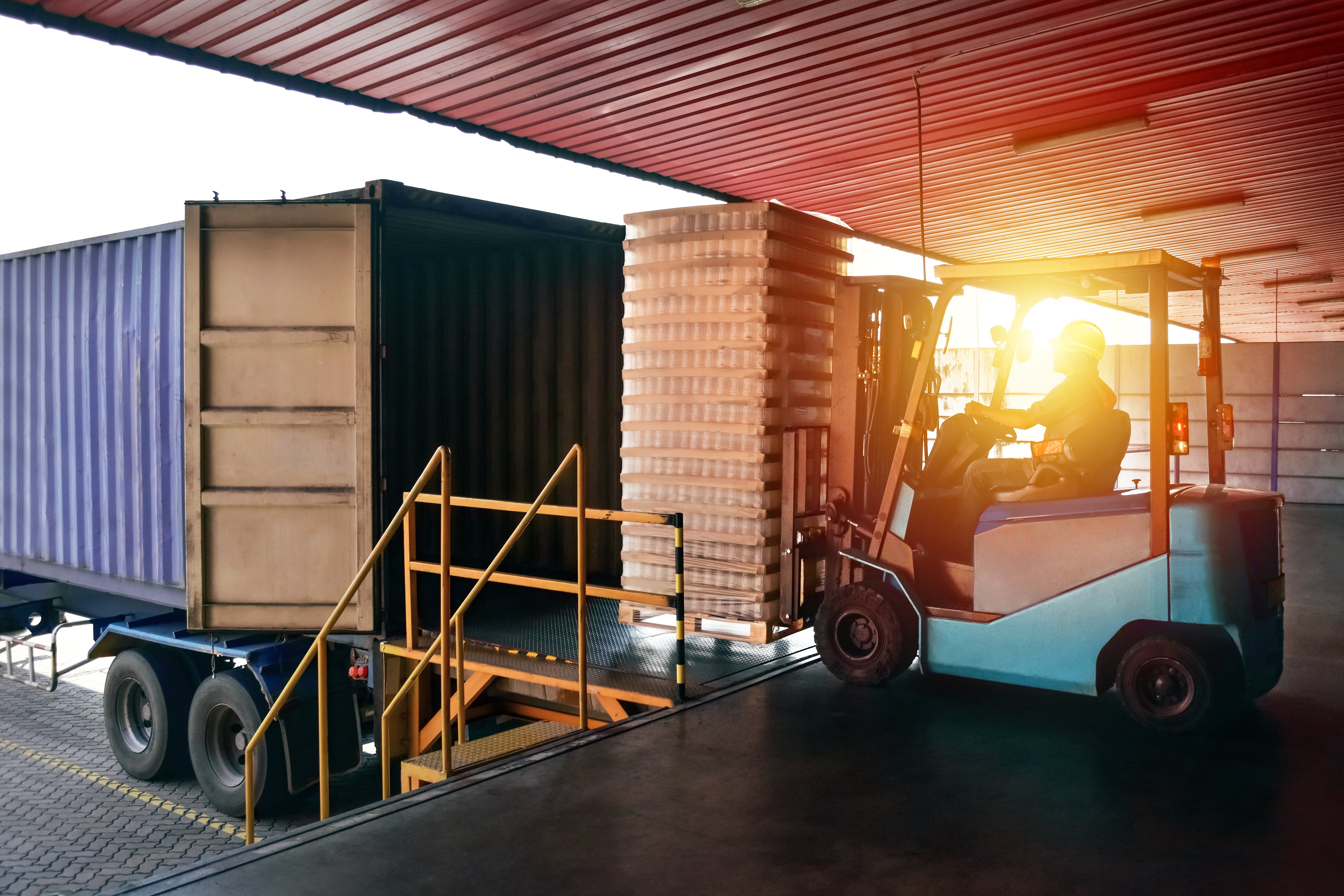The end of the Brexit transition period is just days away. If your business hasn’t finished its preparations, you need to ramp it up. To help out, we’ve created a series of informational blog posts on the key changes that are happening. Our previous post covered the financial regulatory changes and today, we’re moving onto how the movement of goods will be affected.
Reconsidering your logistics: 10 key changes to prepare for
Before we get started, we just want to say that our blog post is intended to be an overview of the logistics-related changes you should know about. Additionally, all information is correct at the time of publishing.
We’ll be updating this blog post periodically but for a deeper explanation that’s more catered to your business and accurate to the minute, head over to the UK Government’s official page on the Brexit transition.
The Government has also released a guide on how the border with the EU will work after the transition period. Read about the Border Operating Model here.

1. EORI Number
To move goods between Great Britain (GB), the EU and in some cases, to and from Northern Ireland (NI), you’ll now need an Economic Operator’s Registration and Identification (EORI) number. You might need one or more of these three different types of EORI, depending on where you import or export:
- GB business trading with the EU - you’ll need an EORI number that begins with ‘GB’. But if your business only moves goods between NI and the Republic of Ireland, this number usually won’t be required
- Moving goods to and from NI - excluding moving goods to and from the Republic of Ireland, you’ll need a second EORI number that starts with ‘XI’
- Exporting to the EU - you’ll need the EU EORI of the customer to which you are exporting
- Moving goods to and from your warehouse(s) in the EU - you’ll need your own EU EORI number
- Making declarations or getting customs decisions from EU countries - you’ll need an EORI number from the customs authority in the country where you submit your first declaration
Since late 2019, HMRC have been issuing new EORI numbers to businesses they believed needed them. If you already have this new GB EORI number, from December 2020, you may also receive one starting with ‘XI’ if HMRC believe you need them too. If you haven’t received any new numbers, apply for one now. They can take a week to come through.
2. Documentation and data
The documentation and data that’s required when trading with the EU is likely to change. This is likely to include:
- Delivery/dispatch notes
- Invoices/commercial invoices
- Customs declarations
- Data interchange with courier/haulage companies
- Documentary evidence of VAT zero rating for exports
3. Commodity codes
From 1 January 2021, the UK will continue to use the same commodity code system that’s currently used in the EU. For imports, it’s a 10-character code and for exports, it’s an 8-character code.
4. Import tariffs
In the event of no trade agreement with the EU, from 1 January 2021, a customs declaration will need to be made for goods imported from the EU and UK tariffs will be applied. These tariffs are detailed under the UK Global Tariff (UKGT), which you can read more about here.
5. Export tariffs
In the event of no trade agreement with the EU, from 1 January 2021, all exported goods will be subject to tariffs in their destination countries. These tariffs are currently unknown but are likely to follow the World Trade Organisation (WTO) rules.
Customs declarations will need to be made for goods exported to the EU. Export licences or certificates may be required, depending on the type of goods.

6. Northern Ireland Protocol
The Northern Ireland Protocol exists to remove the need for a hard border on the island of Ireland. So, the movement of goods to and from Northern Ireland will follow this Protocol. This includes:
- Northern Ireland will report under its own country code - ‘XI’ - rather than reporting under the same code as Great Britain (GB)
- The transactions that happen between NI and GB will be classed as domestic and the current UK VAT rules and rates will apply (though this is based on the UK Government using certain Articles of the EU VAT Directive)
- For the transactions between NI and the EU (includes Ireland), the existing rules for EU arrivals and dispatches will still apply
- The transactions between NI and the rest of the world will be treated as they currently are
7. Intrastat
For GB and NI businesses, Intrastat reporting will still be required:
| Goods movement direction | UK Intrastat required? |
| Importing into GB from EU | Yes, until 31 December 2021 |
| Importing into NI from EU | Yes, until the end of the NI Protocol |
| Exporting from GB to NI | No |
| Exporting from NI to EU | Yes, until the end of the NI Protocol |
| Exporting from GB to EU | No |
EU-based companies will no longer be required to report arrivals and dispatches from and to GB.
8. Chemicals and restricted goods documentation, regulation and licencing
If you’re importing chemicals into the UK from the EU, you’ll require REACH registration and compliance. Registration usually takes six weeks. Read more about it here.
9. Customs/bonded warehouse
There might be a requirement to consider the landing/receipt date of goods when releasing these for distribution. This is because the duty payable will be based on the duty in effect at the time of landing/receipt.
10. Supply chain disruption
Even if your business only trades within GB, you should consider any potential disruptions to your supply chains as a result of:
- Restrictions and/or delays in the movement of goods
- Restrictions on human resource movement
- Availability of labour
Get help preparing for Brexit by reaching out to an expert
Ultimately, the best way to prepare for Brexit is to start early. We’re now very nearly at the end of the transition period - how ready is your business? At Columbus, we’ve been helping our customers plan and mitigate for Brexit. We’re happy to help you too.
If you’d like some advice and guidance, reach out to us today.

